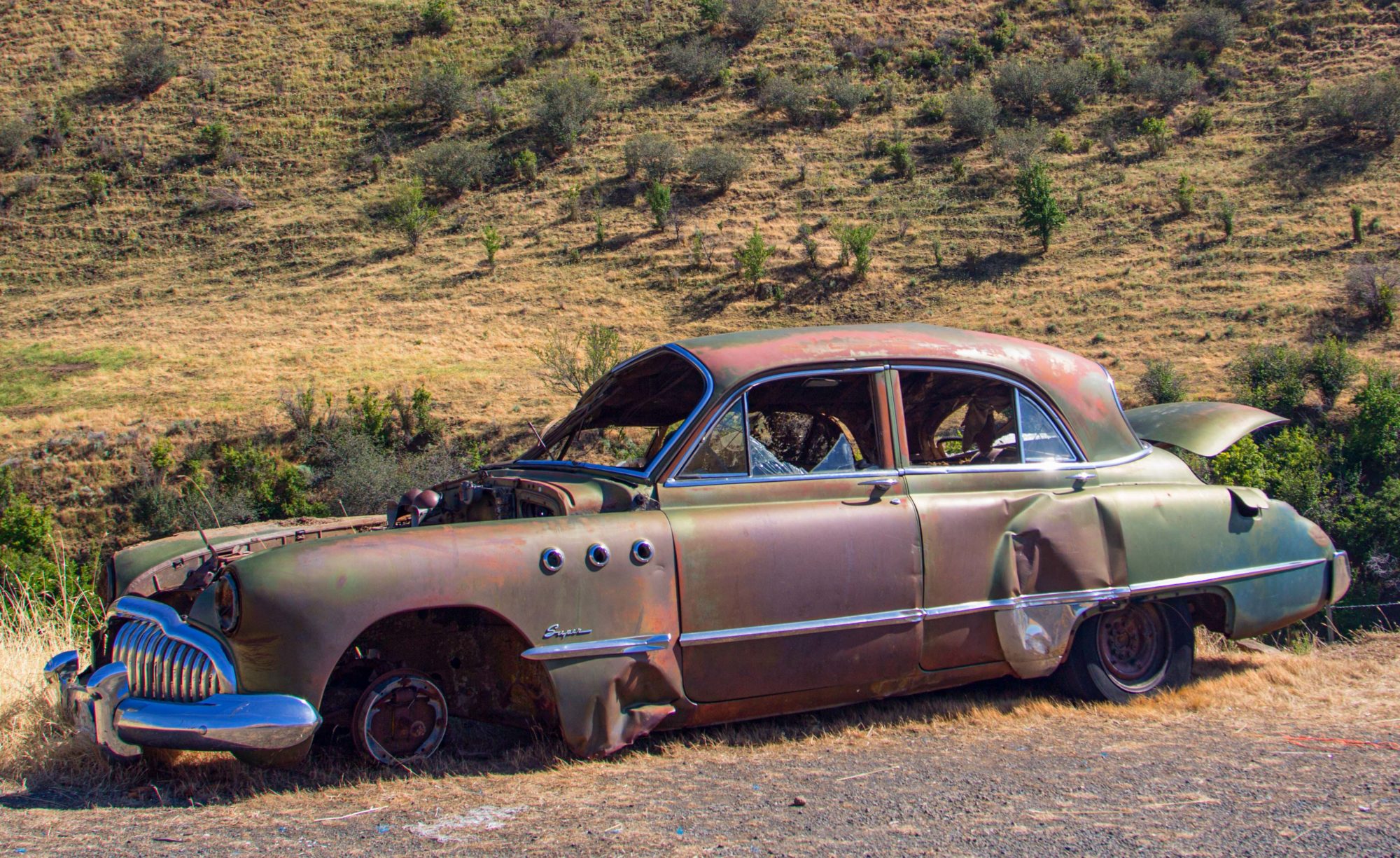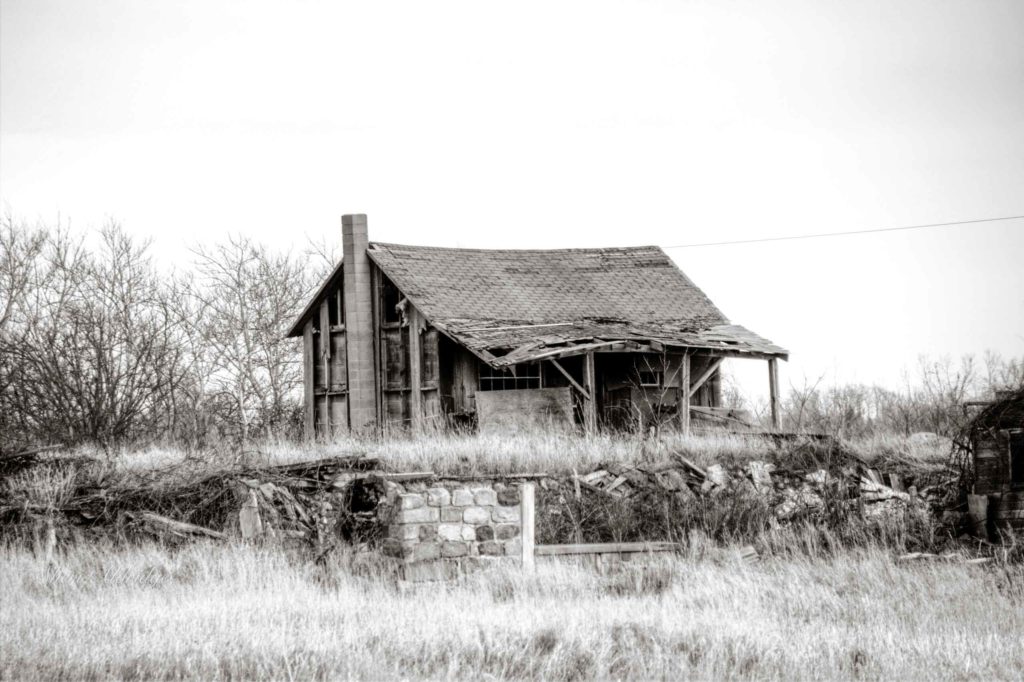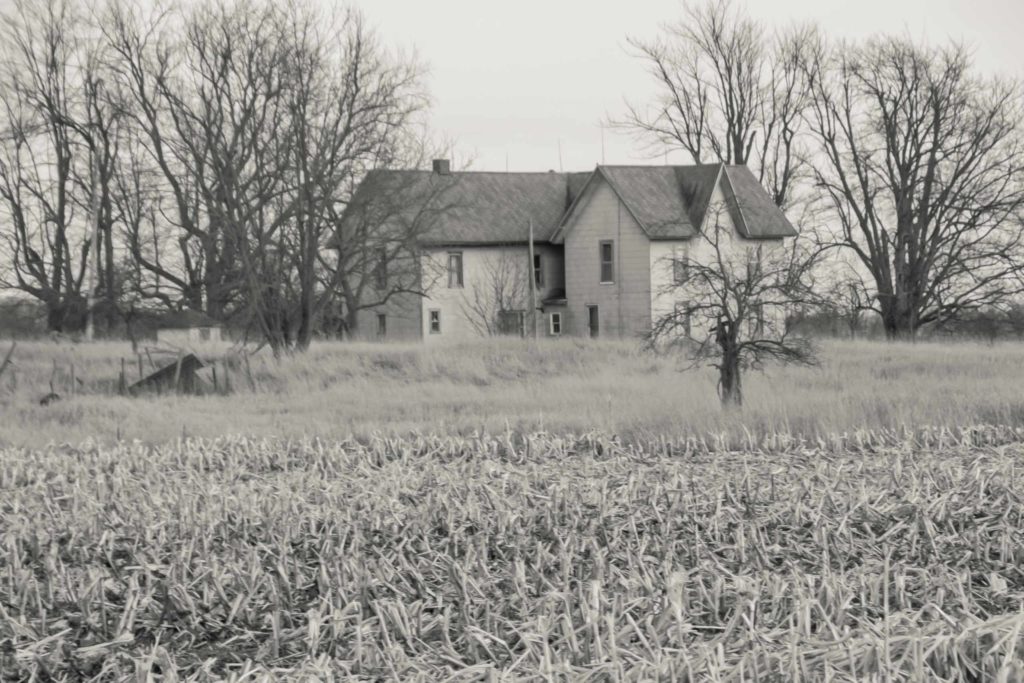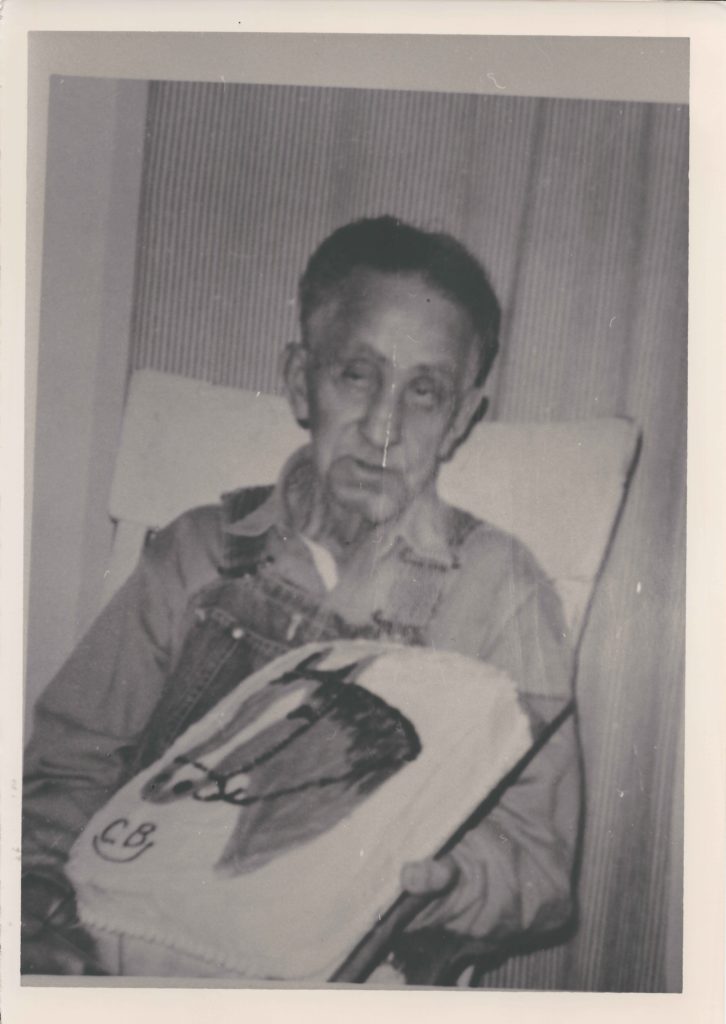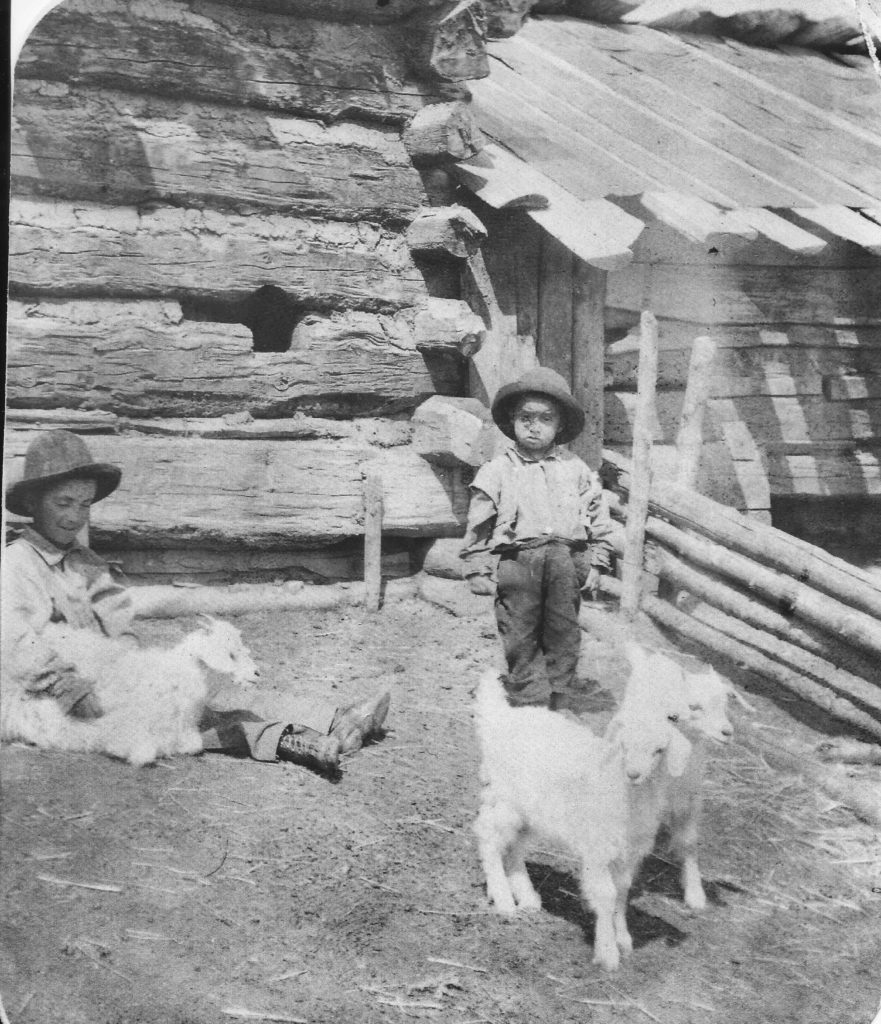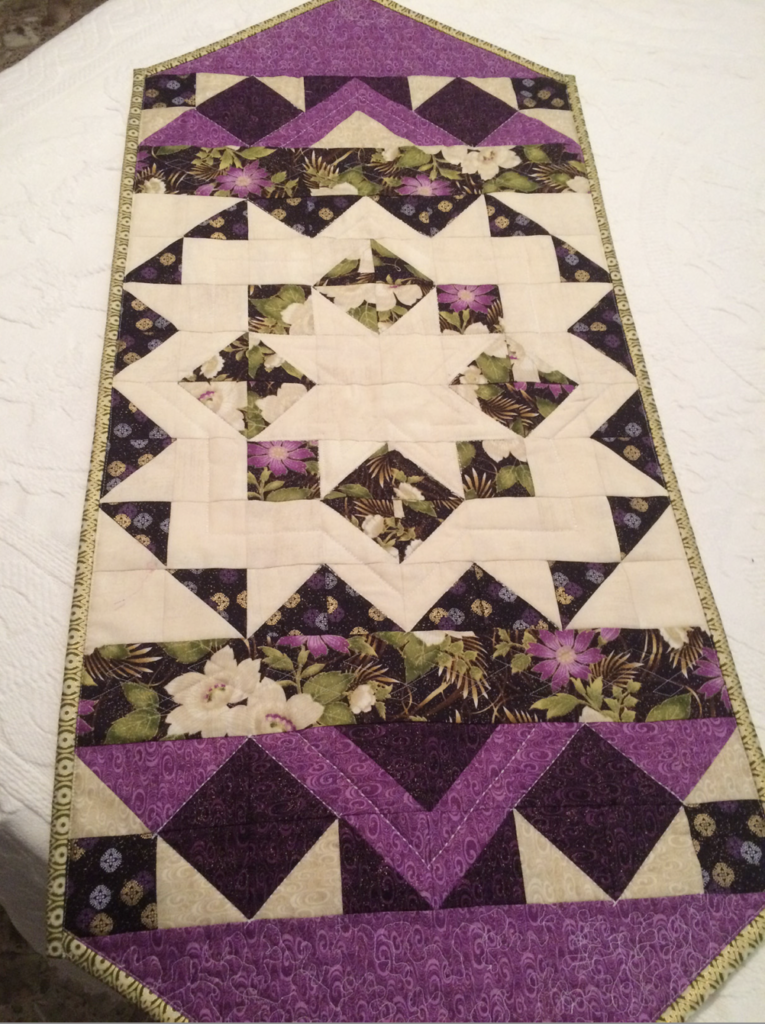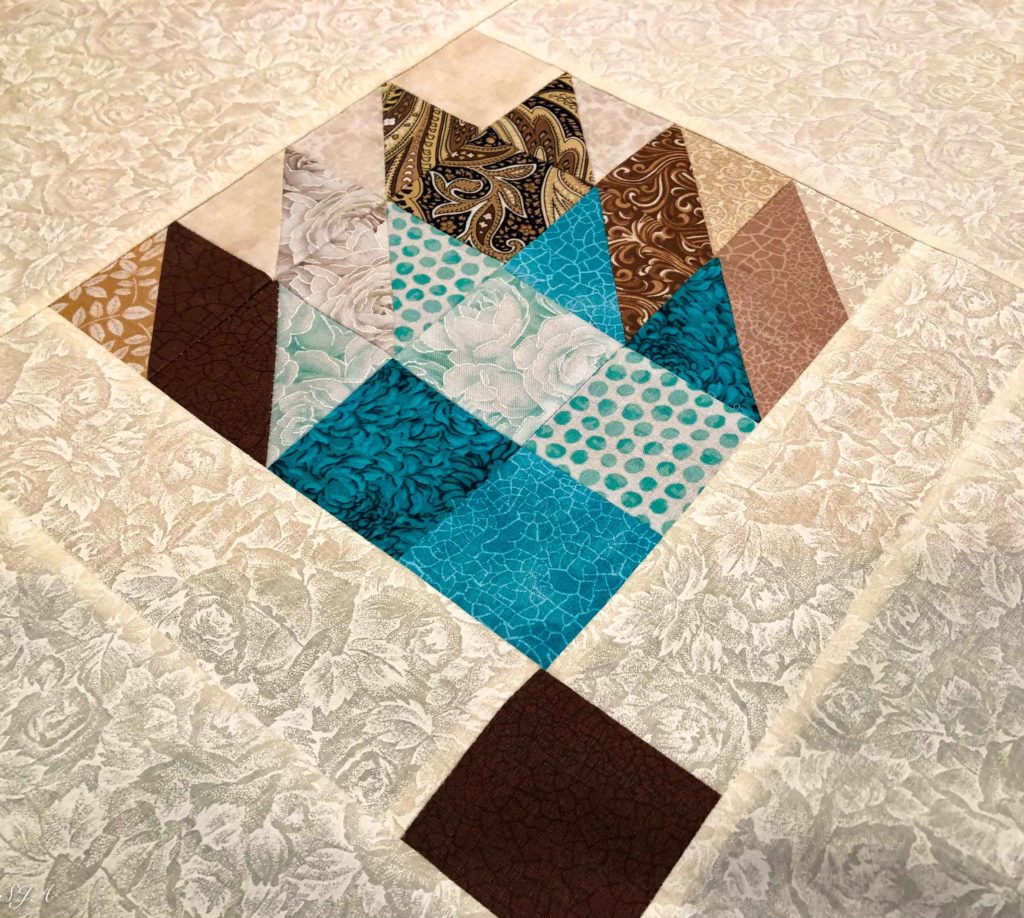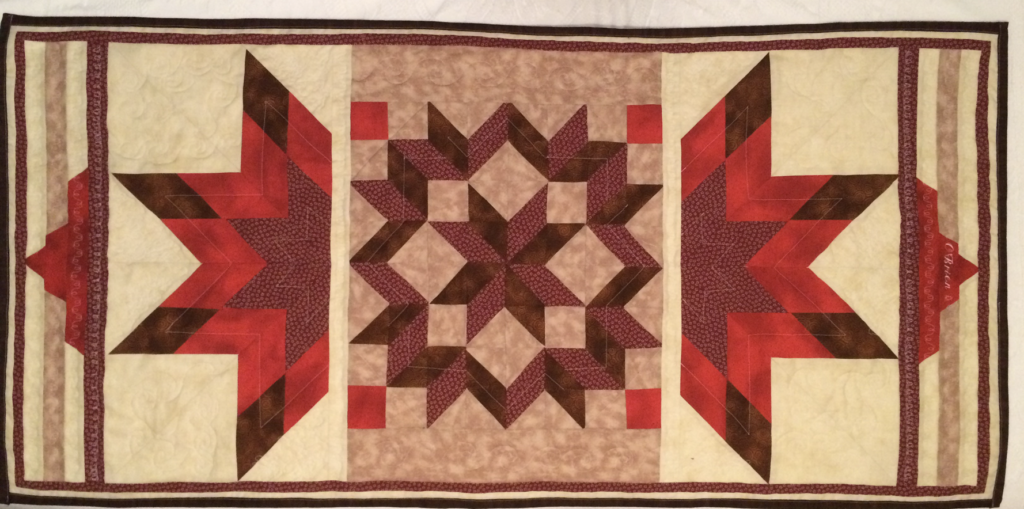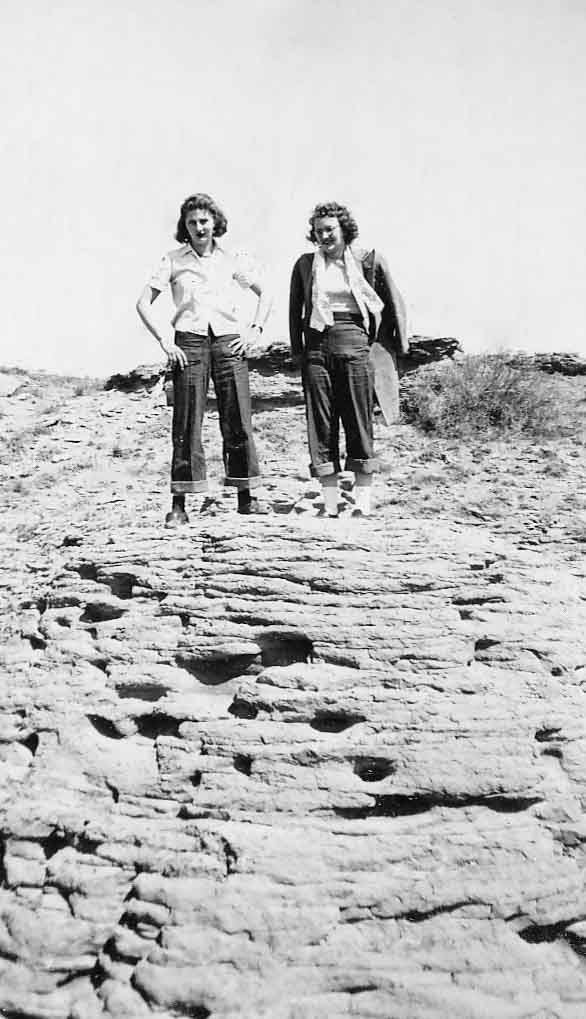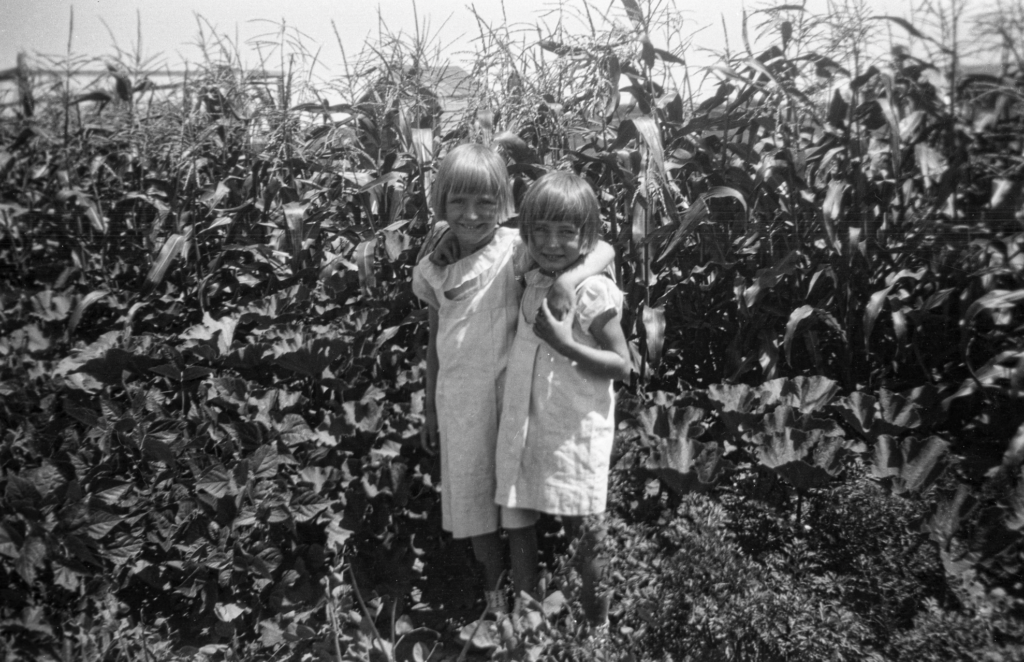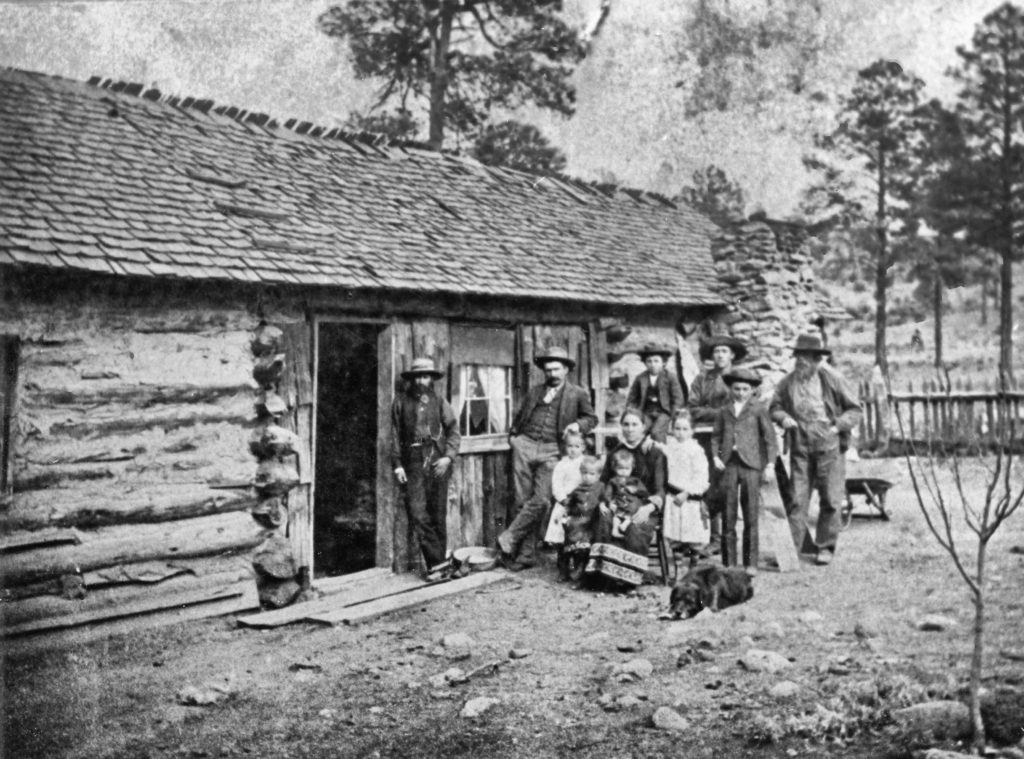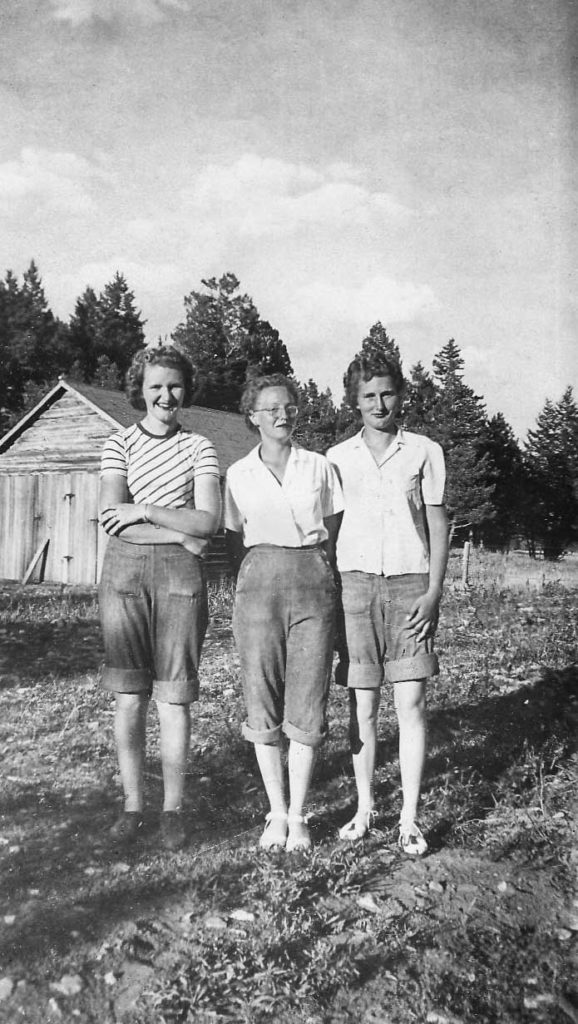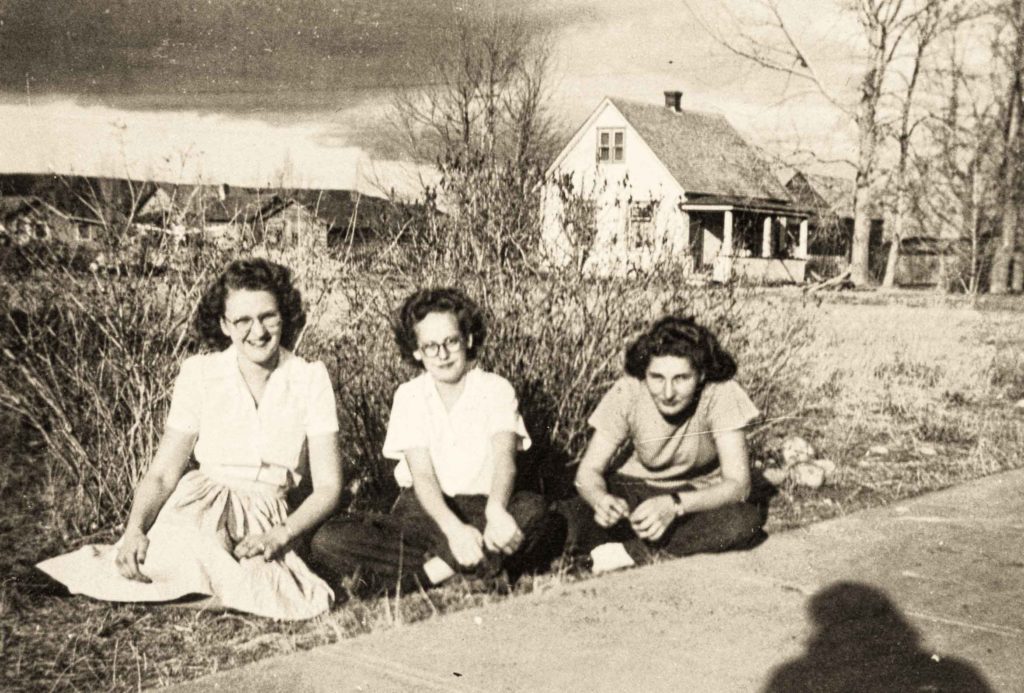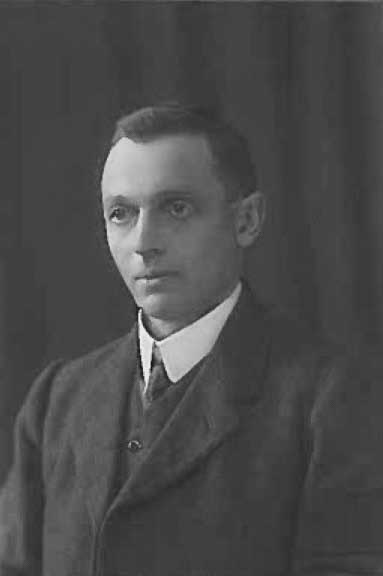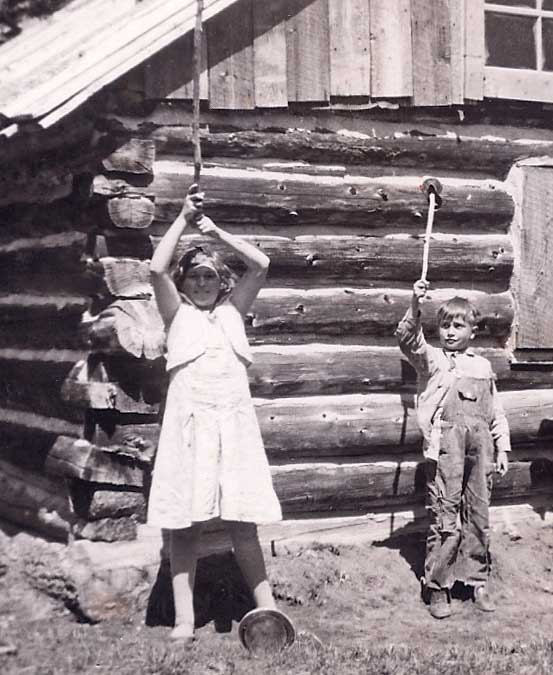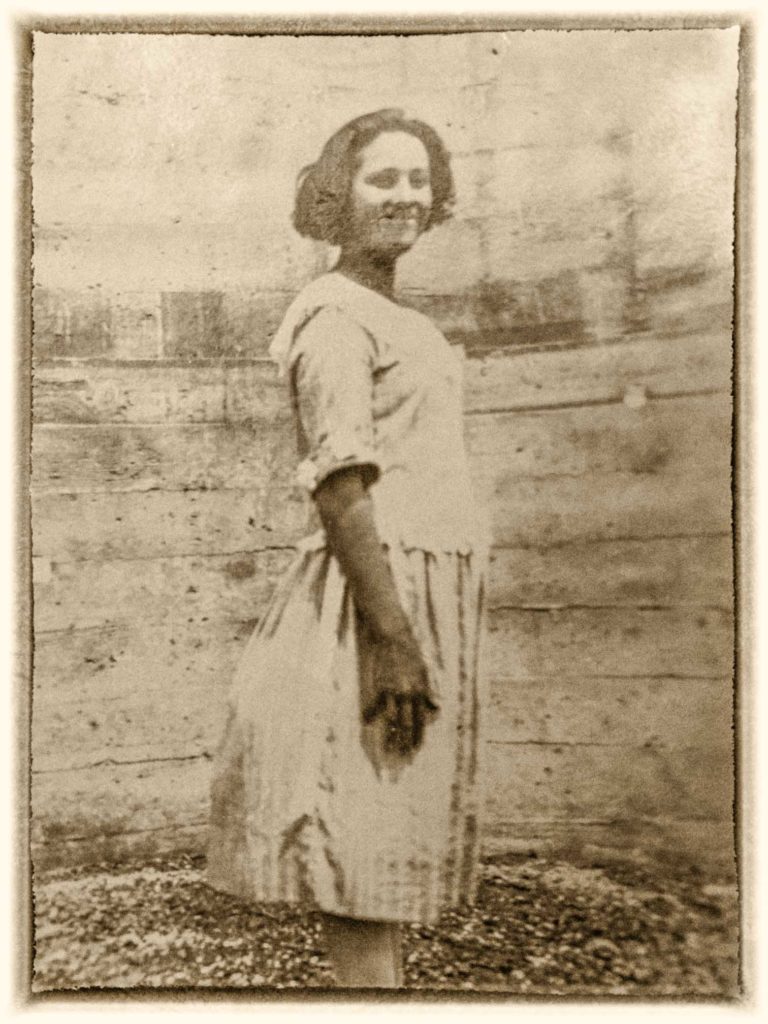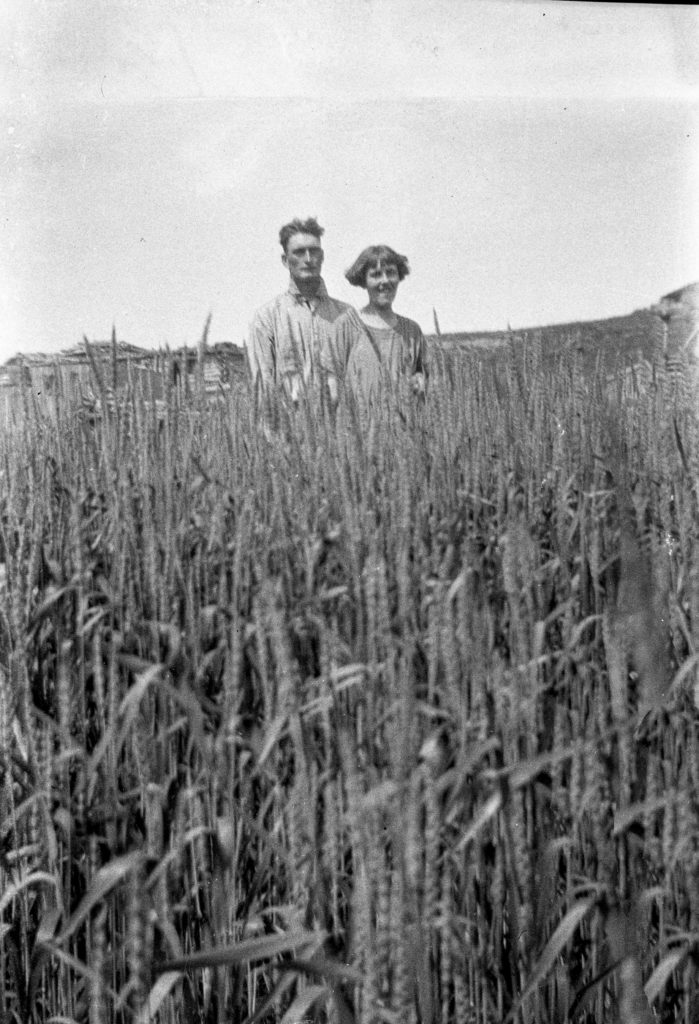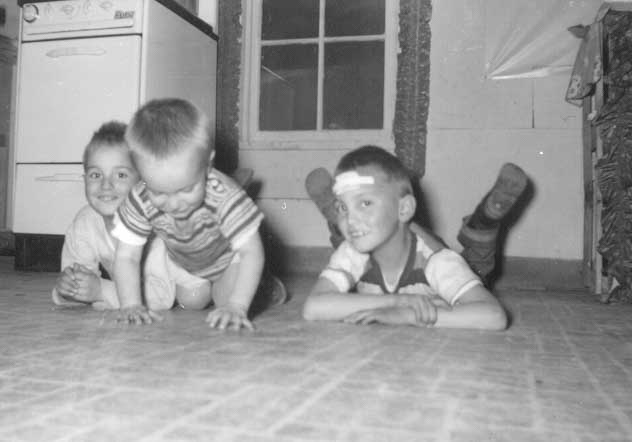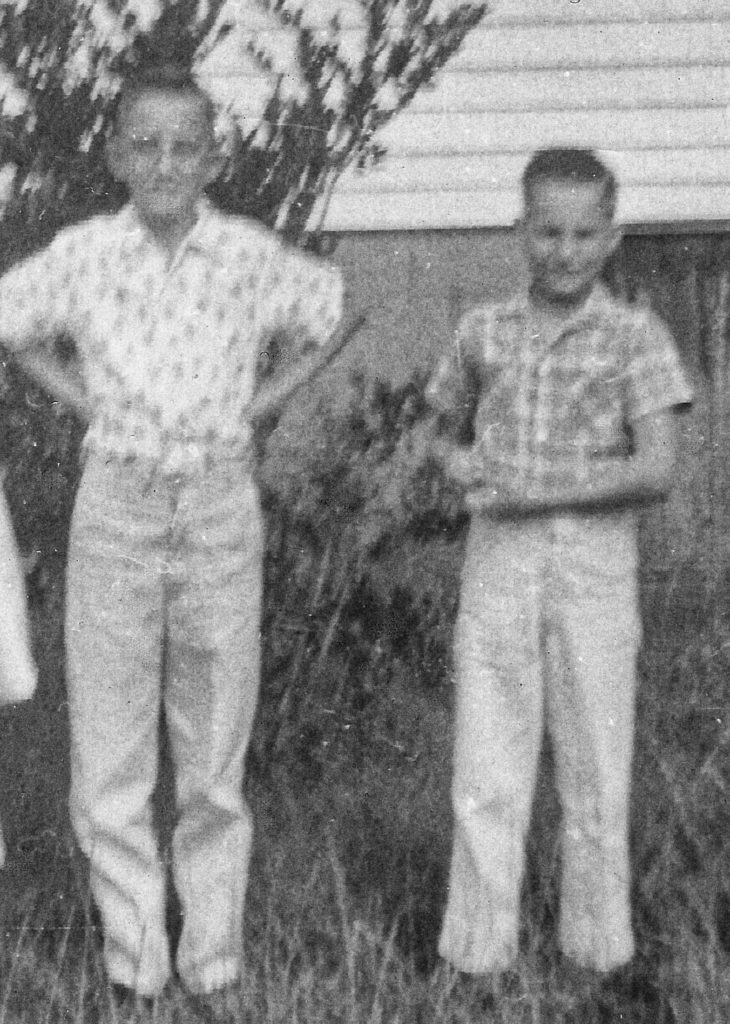Story inspired by an old, abandoned Michigan homestead
Faded curtains flapped in the breeze through broken panes of glass. I saw no other movement in the big old house. It stood empty except for the memories that lingered there. My mind wandered as I envisioned another time when laughter tickled the rafters and sweet aromas drifted from the cook stove, a time when hopes and dreams were alive.
The old shed that stood nearby was shy a few boards while others just barely hung on by rusty nails. Rotting shingles hung precariously from the edge of the roof. Other outbuildings threatened to lean all the way to ground as they rotted into the soil. Stones lined the opening to the cellar, now forgotten as a larder for the family that once lived in the big house. Fields, long since plowed and seeded, produced a yield of briars and weeds among patches of broom straw waving in the breeze. Snow lay in dark recesses protected from the warming sun. A thin layer of translucent clouds hung like sheer curtains beneath billowing gray clouds drifting slowly across the sky. A gust of wind parted the clouds briefly to reveal a canopy of blue before closing tight again.
As the wind blew across the open fields, I heard a door slam. The sounds of hurried footsteps echoed on the floor of the porch. The door creaked as it opened and slammed again. Voices mingled with sounds of running feet. Children’s laughter floated on the breeze. The humming engine of a tractor making its round in the field joined the sounds of the family. Little ones played in the yard as the lady of the house took towels and freshly laundered bedsheets from the clothesline. She folded them, placed them in a basket that she hoisted on her hip, and walked back to the house. Some children headed to the chicken house to gather eggs. The door of the coop slammed and the hens bawked in protest as their nests were disturbed. Two older boys strolled to the barn to do the evening milking. Metallic cow bells clanked as the milk cows headed toward their stanchions to be relieved of their excess baggage. The evening sun faded and cast long golden rays on the house. Dark shadows from scattered trees loomed large across the countryside.
The sound of a bell on the back porch clanged as the clapper on the string was jerked back and forth. Kids ran to the back of the house and up the steps. Boys emerged from the barn with full buckets of milk that sloshed and threatened to spill over the sides. The tractor spit and sputtered and came to a stop with one last lingering groan. Soon the sound of work boots could be heard on the wooden planks of the porch.
Light streamed from the kitchen window. Everything got quiet just briefly before the sounds of laughter, light bantering, and clanging forks escaped the walls. Fried chicken, mashed potatoes, gravy, canned beans and biscuits with homemade butter and jam were placed on the table among all the plates. Egg custard sat cooling on the windowsill. There was lots of chatter. Kids talked about their day of adventure and told on their siblings for their misdeeds. The father talked with the older boys and gave instructions concerning the farm equipment, fields and the cows. The mother talked of the garden spot that needed to be plowed so it would be ready for the seeds as soon as the soil warmed up a bit more.
Though I had envisioned life on the old farm, the abandoned homestead lay eerily quiet with an occasional creak and crack from the forsaken walls and floors of the old house. I took in the scene before me and wondered what had happened to this family. What had driven them from their home? The dad didn’t come in from the fields one day. He left his widow with all those kids. At least the bigger kids were able to continue to take care of the crops and livestock for a while. It wasn’t long before the kids had grown. They left one by one and found a new life in the big city. The mom could no longer care for the place nor did she have the heart to do so. She ended up in town in a home for the elderly. Now she was gone, too. The old homestead only lived in the memories of the kids who had grown up there. An old neighbor would reminisce from time to time and mention the family that had once lived down the road.
As we turned around the bend, I heard a door slam one last time. I turned back for a final look. Through the dust I saw a fleeting shadow. A light flickered in the window just briefly – and then it was gone.
